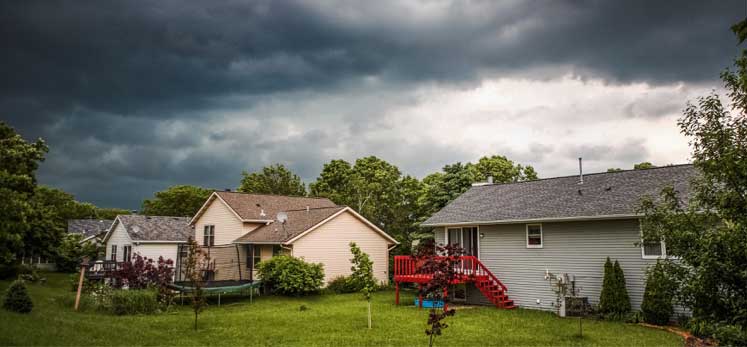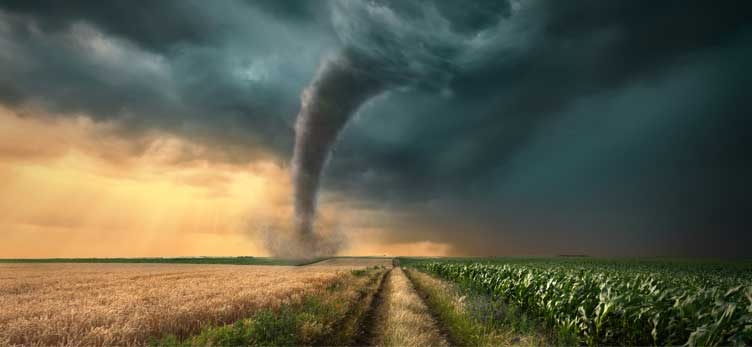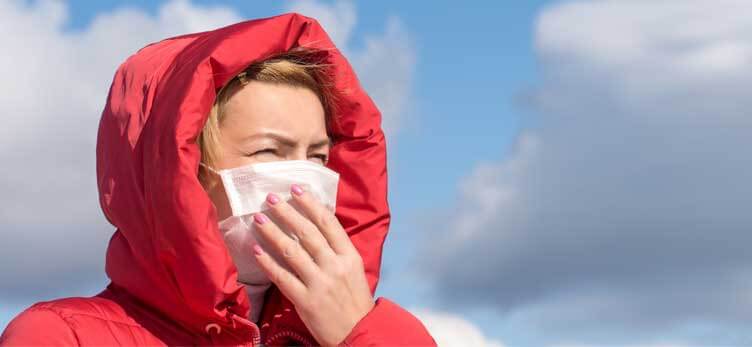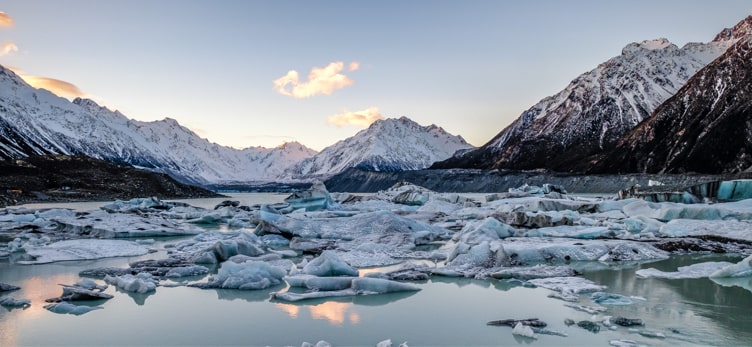- Home
- News
-
Weather Articles
-
Horoscope
- Sweepstakes
- Deal of The Day
Climate change – get all the facts you need to know now!

What is climate change?
The Earth is surrounded by different gases that make the atmosphere. When the sunlight penetrates through the atmosphere, a part of the sun’s heat is trapped and a part of it escapes. This heat absorbed by the atmosphere keeps the Earth warm enough to sustain life. Depending on how much of the sun’s energy has been absorbed by the atmosphere, the climate on our planet changes. The Earth has undergone seven ice ages and warming periods over the past 650,000 years!
What’s different now?
However, during the past few hundred years, coal, gas, and oil have been the sources of power for many homes, factories, and cars. The carbon dioxide released by these energy sources traps heat that would’ve otherwise escaped the earth’s atmosphere. This contributes to making the planet warmer. This reason is also why scientists believe that climate change is essentially caused by human activity. Studies have proven that the climate is warming around 10 times faster than previous warming patterns. The average temperature of the Earth has increased by 1.5°F in the last hundred years. Although this doesn’t sound like much, this rise in temperature has caused droughts, coral reef die-offs, and melting of glaciers. By the year 2100, temperatures could rise by another .5°F to 8.6°F.
What could happen?
Climate change also affects the patterns of ocean currents, which in turn, affect global weather. Some places could receive less rainfall, which could lead to a drought, while other places will receive more rainfall, leading to excessive flooding. Due to melting polar ice, a continuous rise in sea levels might even push people out of their homes. Multiple animal and plant species have also experienced changes due to climate change. However, while some species could benefit from a warmer world, it could mean bad news for humans. For instance, mosquitoes thrive in wet, warm weather. As the Earth continues to warm, more people could contract Malaria and other such illnesses.
What can we do about it?
Here’s how you can try and reduce carbon dioxide emissions:
-
Try to walk, ride your bike or use public transportation when possible instead of traveling in a car.
Reuse as much as you can. Fix your clothes and appliances instead of buying new products. A lot of carbon dioxide is emitted when factories make new products. Good thing distressed jeans are back in style!
Use cold water to wash your clothes and instead of using a dryer, hang them.
Unplug electronics when they’re not in use.
To reduce emissions from transporting products, buy locally grown and in-season foods.
Instead of turning on the heater, try wearing a warm sweater at home. In summer, instead of blasting the air conditioning, open your windows.








